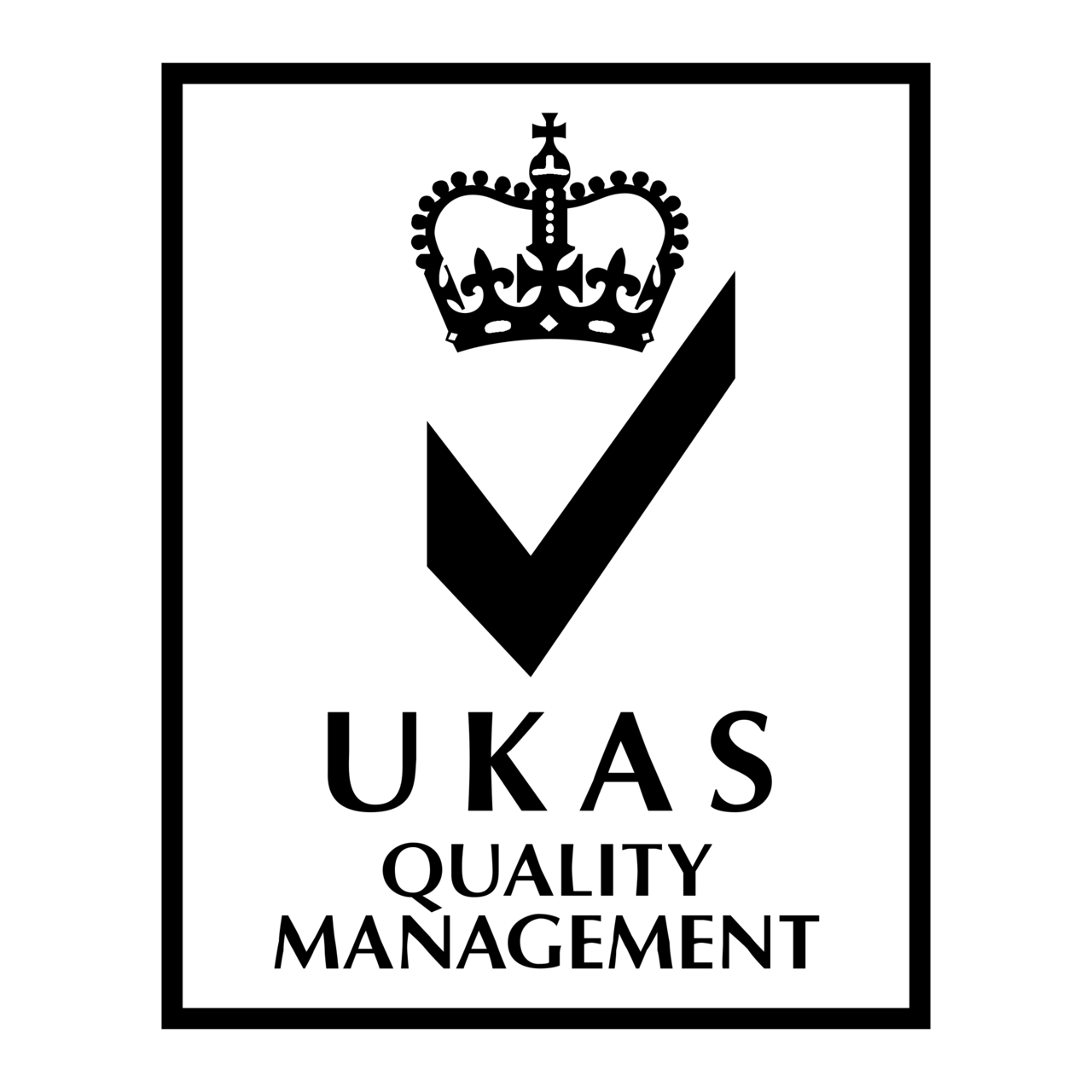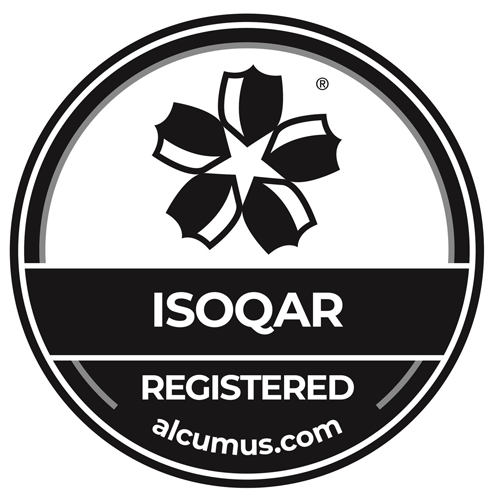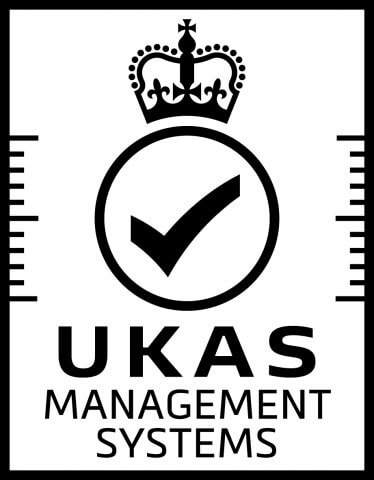When we age, our skin feels (and shows) the effects of everything that happens during our lives. Stress, diet, health, and the amount of sun we get can take their toll on our skin, leaving us with a tired appearance.
Laser skin resurfacing is a procedure used to help rejuvenate aged or sun-damaged skin and help turn back the clock to give you a fresher and more youthful appearance.
The treatment is also effective for scars, burns and some vascular birthmarks.
In this blog post, we’re going to let you in on everything you need to know about laser skin resurfacing so you can figure out whether it’s the right treatment for your body’s needs.
What is laser skin resurfacing?
Laser skin resurfacing is an effective treatment against ageing or damaged skin. It works by using a brief pulse of high energy light that helps to promote the growth of new skin.
There are two types of lasers that can be used for laser skin resurfacing, and they are:
- An ablative laser
- A non-ablative laser
What’s an ablative laser used for?
An ablative laser is a type of wounding laser used to remove the thin, outer layer of the skin and heat the underlying skin. This process helps to stimulate the growth of collagen fibres, and as the outer layer of the skin regrows, it’ll appear smoother and tighter.
What’s a non-ablative laser used for?
A non-ablative laser is a non-wounding laser that is used to help stimulate college growth. Over time this laser treatment helps to improve the texture and tone of your skin. This laser is a lot less invasive and will reduce your recovery time, but it’s less effective.
This method can also be done using intense pulsed light (IPL) devices.
How does laser skin resurfacing work?
When the laser is used on the skin, the light energy is absorbed by chromophores which are made up of water and other substances.
The chromophores are then changed into heat energy by the laser, and this heat helps destroy the epidermis, the thin outer layer of skin.
As the treatment area heals, the skin that grows to replace the destroyed layers is fresh, new and perfect for giving you a younger complexion.
What are the benefits of laser skin resurfacing?
Laser resurfacing can be used to help decrease the appearance of fine lines in the face, improve your complexion, treat a loss of skin tone and help get rid of scarring or sun damage.
The treatment can’t be used to help fix excess or sagging skin, but it can give you a warmer and clearer complexion.
Laser resurfacing can also be used to treat issues like:
- Fine wrinkles
- Age spots
- Uneven skin tone
- Skin texture
- Sun-damaged skin
- Mild to moderate acne scars
What’s the recovery like for laser skin resurfacing?
With the new erbium: YAG laser that we use here at Auralia, it only takes a few days for you to heal completely. So you won’t have to worry about weeks of recovery. There’s also little chance of pigmentation loss with this new laser.
Always speak to your doctor about the recovery time of your procedure as they’ll know exactly how long it will take.
You should also discuss with them if there’s anything you might need to avoid post-treatment, such as:
- Makeup
- Moisturisers
- Extensive sun exposure
- Tanning products
Will you have to take time off work?
You might have to take a few days off initially while your skin is healing from the treatment. It’s best to consult your doctor about this as you might only have to take a couple of days off as opposed to a week depending on what your job actually is.
Are there any risks to laser skin resurfacing?
Like with any treatment, there are risks to laser skin resurfacing. Even the most minor and safest procedures have risks, and you should always talk to your doctor about them before committing to a procedure.
However, any potential complications with laser skin resurfacing will be discussed with your doctor during your consultation, and you can even get a copy in writing to bring home with you.
Some of the potential risks of laser skin resurfacing include:
- Redness, swelling and itching
- Acne
- Infection
- Scarring
Is laser skin resurfacing painful?
When you go for your laser skin resurfacing procedure, the consultant will numb the area before doing work to help alleviate any pain and ensure minimal discomfort throughout your session.
We hope we’ve helped you understand how laser skin resurfacing works and how it can help you rejuvenate your aged or sun-damaged skin.
If you’re interested in getting laser skin resurfacing treatment done, then the team at Auralia can help.
We have an experienced, professional team of cosmetic surgery experts that can help give you a look you’ve always wanted.
Please get in contact with one of our team members today to book a call and learn more about our laser resurfacing treatment today.





